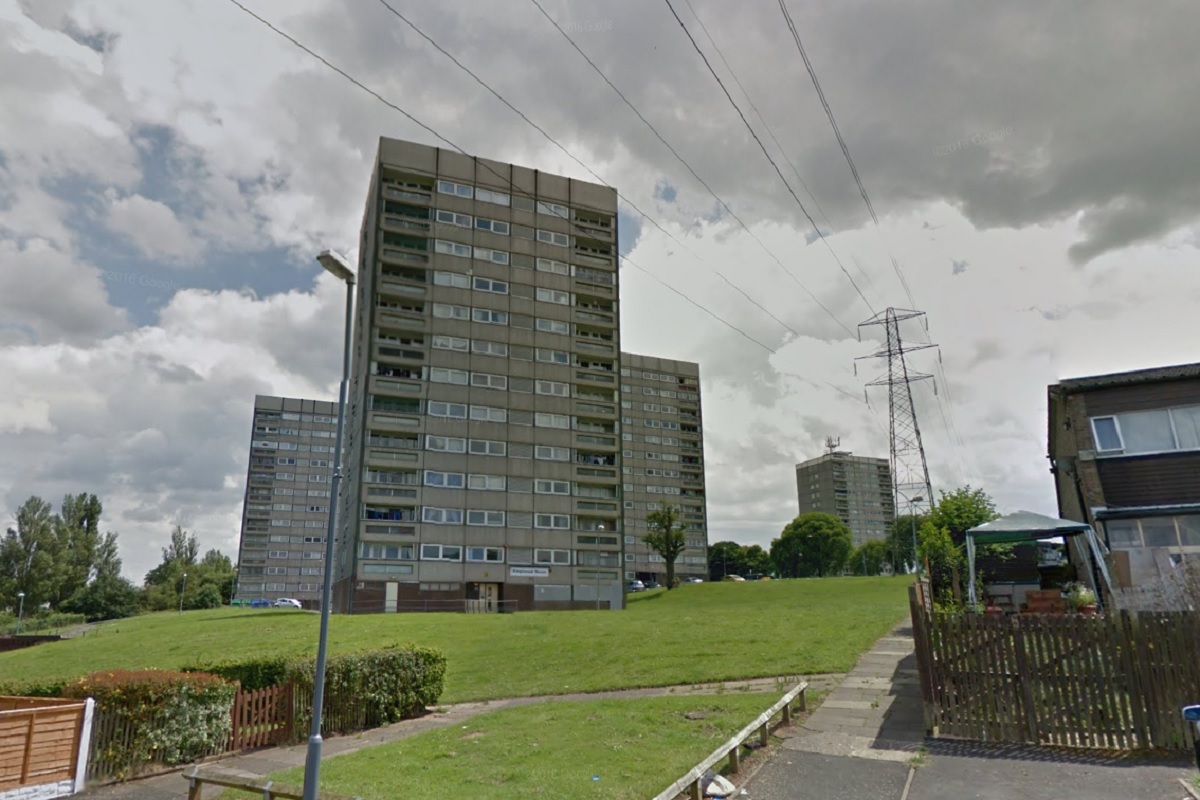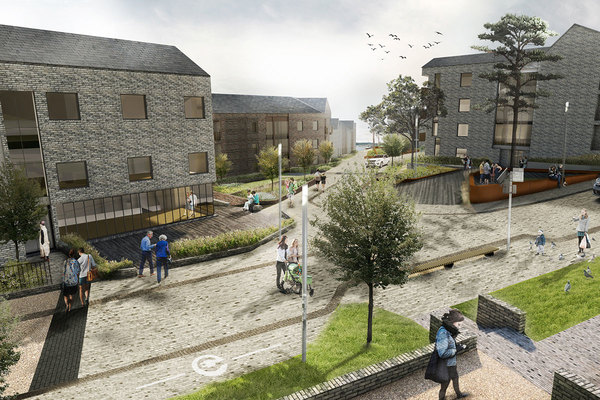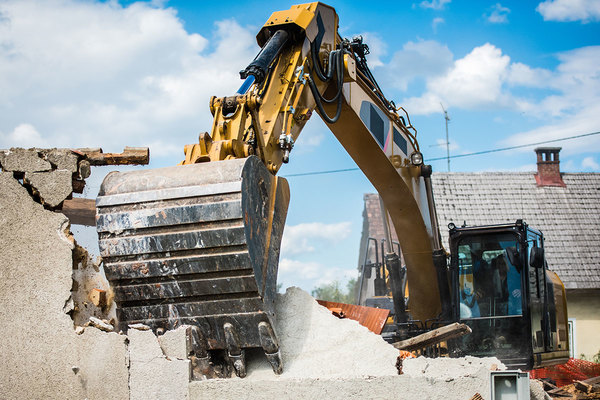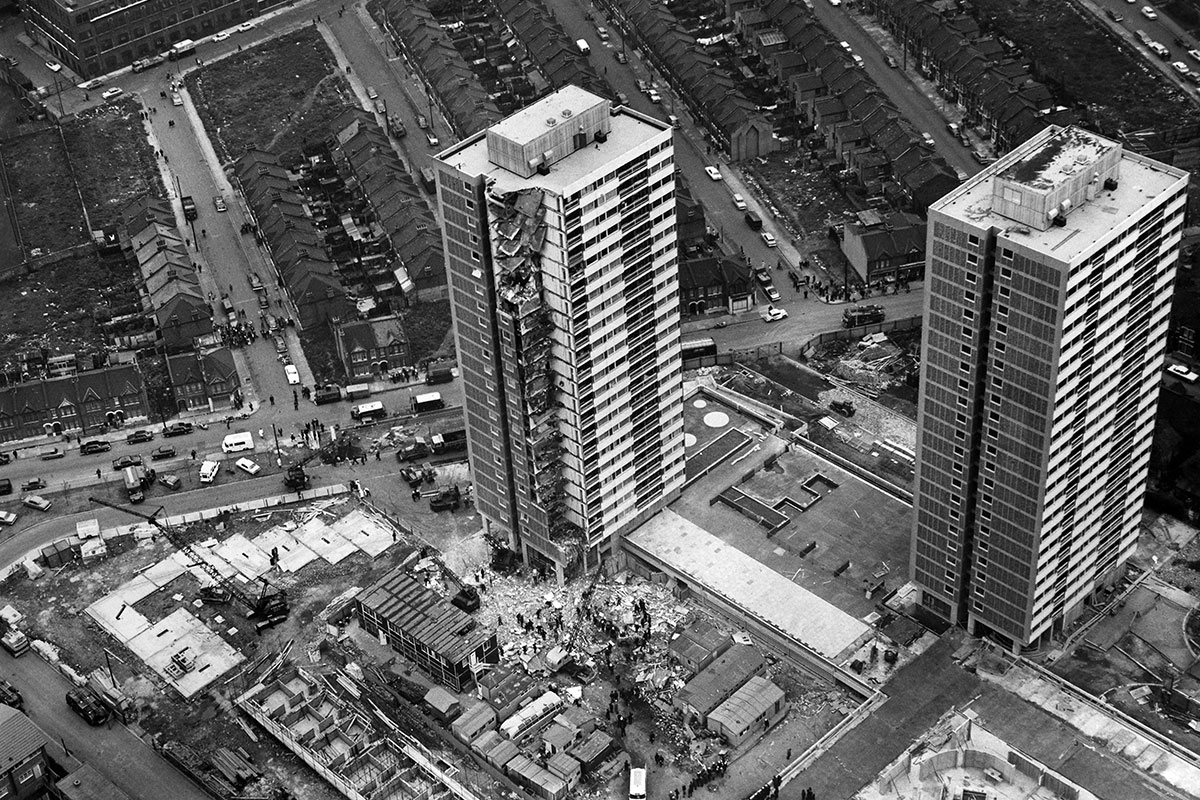You are viewing 1 of your 1 free articles
Birmingham City Council to demolish five tower blocks in major estate regeneration
Birmingham City Council is to demolish five large panel system (LPS) tower blocks as part of a major estate regeneration project.
The country’s largest council landlord, which owns around 62,000 homes, plans to spend £43.3m redeveloping the Druids Heath Estate in south Birmingham.
The council’s cabinet is expected to approve the first phase of the regeneration at a meeting tomorrow.
Three more tower blocks on the estate, built in the 1960s using the same Bison method of LPS construction, will be refurbished including structural strengthening, re-roofing and new external wall insulation.
Birmingham Municipal Housing Trust, the council’s development company, will build 250 new homes on the estate to replace those demolished, with 150 for affordable or social rent and 100 for sale.
Tenants on the estate do not currently have the right to return, though the council is considering introducing a policy.
Druids Heath is the only large public housing estate in Birmingham which has never been subject to major regeneration.
According to an officer’s report going before tomorrow’s cabinet meeting, the first phase is expected to take seven years.
After the work is complete, the authority intends to embark on a second regeneration phase, which includes considering the future of six more 13-storey Bison tower blocks.
Another high rise on the estate, Heath House, was approved for demolition by the council in February.
The block comprises 50 flats – which will not be replaced as part of the first phase of the regeneration.
The council expects to submit a planning application within 12 months, with work starting on the new homes in 2021.
A closed school on the estate is also due to be demolished.
“It’s fantastic to see the regeneration of Druids Heath moving forwards in this way,” said Sharon Thompson, cabinet member for homes and neighbourhoods at Birmingham City Council.
“We want residents to be proud of the area where they live and so throughout this process, our priority has been in doing what is best for the local neighbourhood. Residents have been listened to and different opinions welcomed.
“This has resulted in plans been substantially changed as preferences have become known. With just 3% of residents not in favour, we will now look to continue to these discussions to ensure that this figure continues to fall and that the regeneration lives up to everyone’s hopes and expectations.”
The officer’s report added: “Clearance of these properties will improve the development potential of land that can be developed for new, higher quality family homes that better meet the current and future housing needs of the citizens of Birmingham and contribute to the creation of sustainable communities.”
LPS blocks have come under scrutiny in the past year, with a number of councils evacuating buildings over structural concerns.
In 1968, Ronan Point, an LPS high rise in Newham, killed four people when it partially collapsed following a gas explosion.
Update: at 12.40pm 09/10/18 A comment from Ms Thompson was added to the story.
What are large panel systems and what’s wrong with them?
LPS prefabricated concrete construction became popular in UK the 1960s as a way of building cheap housing.
An LPS high rise typically consists of factory-made panels assembled on-site. Initially, floor and wall panels were inserted into the structural, load-bearing frame of the building and kept in place by only their own weight.
The partial collapse of the Ronan Point high rise in Newham in 1968 was caused by a gas explosion that dislodged the walls of the building. Four people were killed. This led to a programme of strengthening LPS block, connecting the panels together rather than relying on gravity.
But over the last year, problems have been developing at number of LPS buildings.
August 2017: Engineering consultancy Arup finds that a gas explosion at the Ledbury Estate tower blocks in Southwark could cause a “disproportionate collapse” similar to the Ronan Point disaster.
November 2017: Hammersmith & Fulham Council informed residents of Hartopp Point and Lannoy Point with updated evacuation advice from the London Fire Brigade. Landlords usually adopt a ‘stay put’ policy for tower blocks, but the buildings were found to have breaches in fire compartmentation in walls between flats.
April 2018: Tower block residents in Rugby had to move out of their homes after the council found two large panel blocks had been built to a “poor standard” and could be at risk in a fire or explosion.
April 2018: Goscote House in Leicester, a 23-storey high rise constructed in 1973 with the same large panel system as Ronan Point was set to be demolished due to concerns about its “long-term structural integrity”.
June 2018: Investigations at Horatia House and Leamington House, two 18-storey buildings owned by Portsmouth City Council, find that the concrete is “not as strong as expected”. Around 800 residents were informed they would have to be re-housed.












